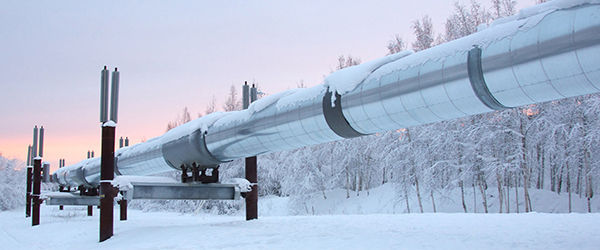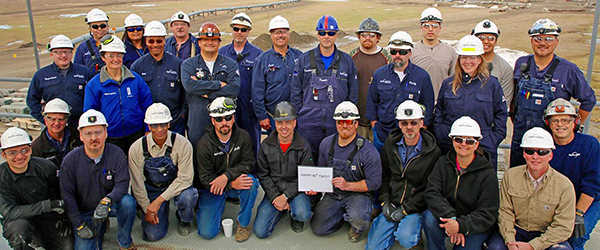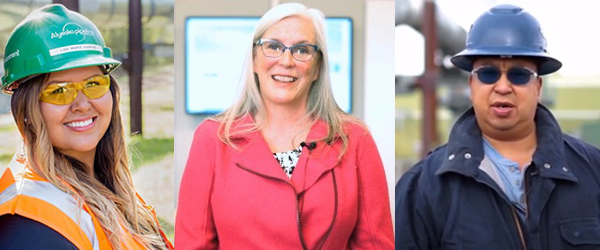Why is some of the pipeline above ground and some buried?
Pipeline design is based primarily on the soil conditions encountered along the right-of-way. Where thaw-unstable permafrost exists, problems associated with melting permafrost were avoided by placing the pipeline above ground on an elevated support system known as Vertical Support Members (VSM). In areas where either unfrozen or thaw-stable permafrost were encountered, the pipeline was buried in the conventional manner. Special burial below-ground sites are found in areas where thaw-unstable permafrost was encountered but where the pipeline had to be buried for highway, animal crossings, or to avoid rockslides and avalanches.



